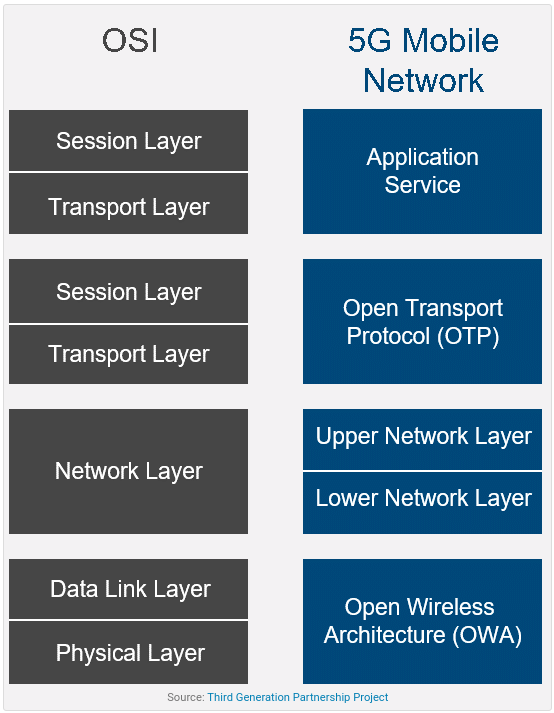5G and Network Functions Virtualization (NFV)

What is NFV?
Network Functions Virtualization (NFV) is an evolving network approach that enables the replacement of expensive dedicated hardware devices such as routers, firewalls and load balancers with software-based network appliances that run as virtual machines on industry-standard servers.
Quantifying the Business Benefits of NFV-based Managed Enterprise Services
NFV decouples network functions from dedicated hardware devices and moves them to virtual servers, which consolidates multiple functions into a single physical server. This approach reduces costs and minimises the need for truck rolls and hands-on maintenance, because the virtual appliances replace dedicated, hardware-based network appliances.
NFV replaces expensive dedicated network hardware with simple software appliances.
5G and its Future Impact

5G is the new generation of radio systems and network architecture that will deliver extreme broadband, ultra-robust low latency connectivity, and massive networking for human beings and the Internet of Things. In a few years, 5G will not only touch technology and applications, but dramatically change the economy, our society and individual lives.
5G will be far more than just a new radio technology: It will combine existing Radio Access Technologies (RATs) in both currently licensed and unlicensed bands, add novel RATs optimized for specific bands and deployments, and scenarios and use cases (some of these use cases have yet to be imagined). It will also demand a different new network architecture based on Network Function Virtualization (NFV) and Software Defined Networking (SDN) technologies.

- Starting from the bottom, we see that Layers 1 and 2 of the OSI are replaced by the OWA (Open Wireless Architecture Layer).
- One level up, we have the Network Layer which is divided in two subsections (Upper for the mobile terminal and Lower for each interface). The Network Layer is used to route data from the source IP device to the destination IP device/system.
- On the higher level, we have the OTP (Open Transport Layer) which combines functionality of both the transport layer and session layer.
- Finally, we have the Application Layer which marks the data the proper format required and facilitates encryption and decryption. It also selects the best wireless connection for the given service and takes care of providing the Quality of Service (QoS).
5G architecture will boast cloud-native access, transport, and core networks. Network slicing will be enabled through all of them (edge to edge), allowing diversified 5G services and different QoS. As we can see, the virtualisation technology of NFV and the centralised control of SDN are embedded in the DNA of a 5G system. Also, whereas 4G-LTE networks tend to integrate both the user and control planes, 5G architecture will separate these planes, improve flexibility, facilitate centralised control, and ensure easy network slicing.
Sources: dellemc.com, clena.com





